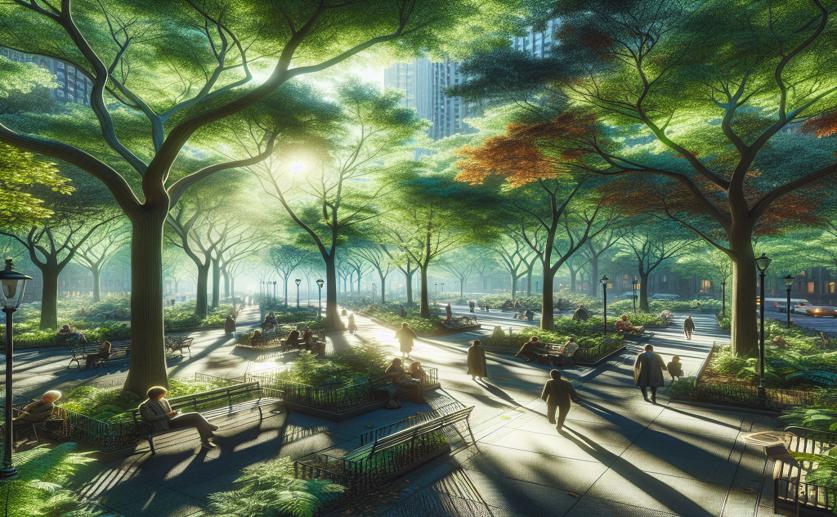
Trees Help Cool Down City Parks Worldwide
David Palenski
10th February, 2024

Image Source: Natural Science News, 2024
EnvironmentSustainabilityPlant Science
References
Main Study
1) Greater local cooling effects of trees across globally distributed urban green spaces.
Published 10th February, 2024
https://doi.org/10.1016/j.scitotenv.2023.168494



 30th January, 2024 | Jenn Hoskins
30th January, 2024 | Jenn Hoskins